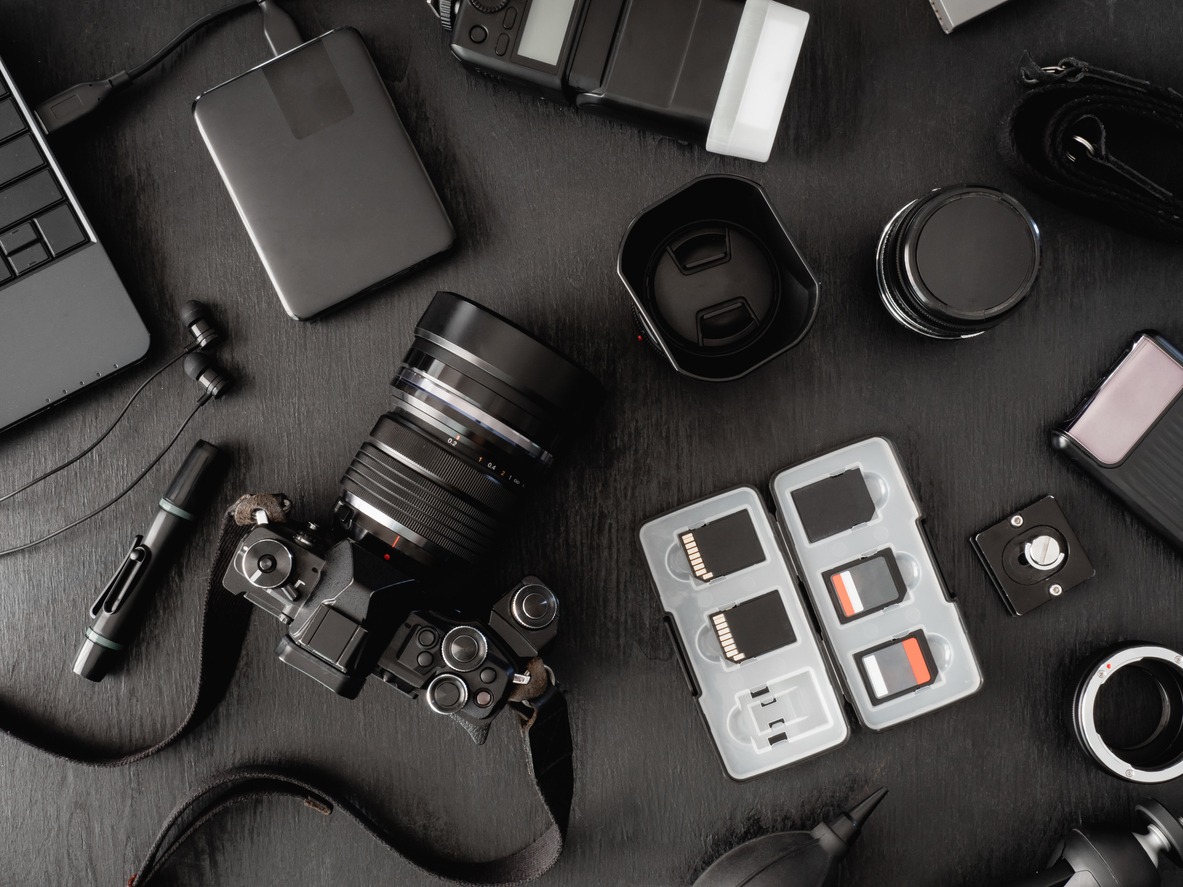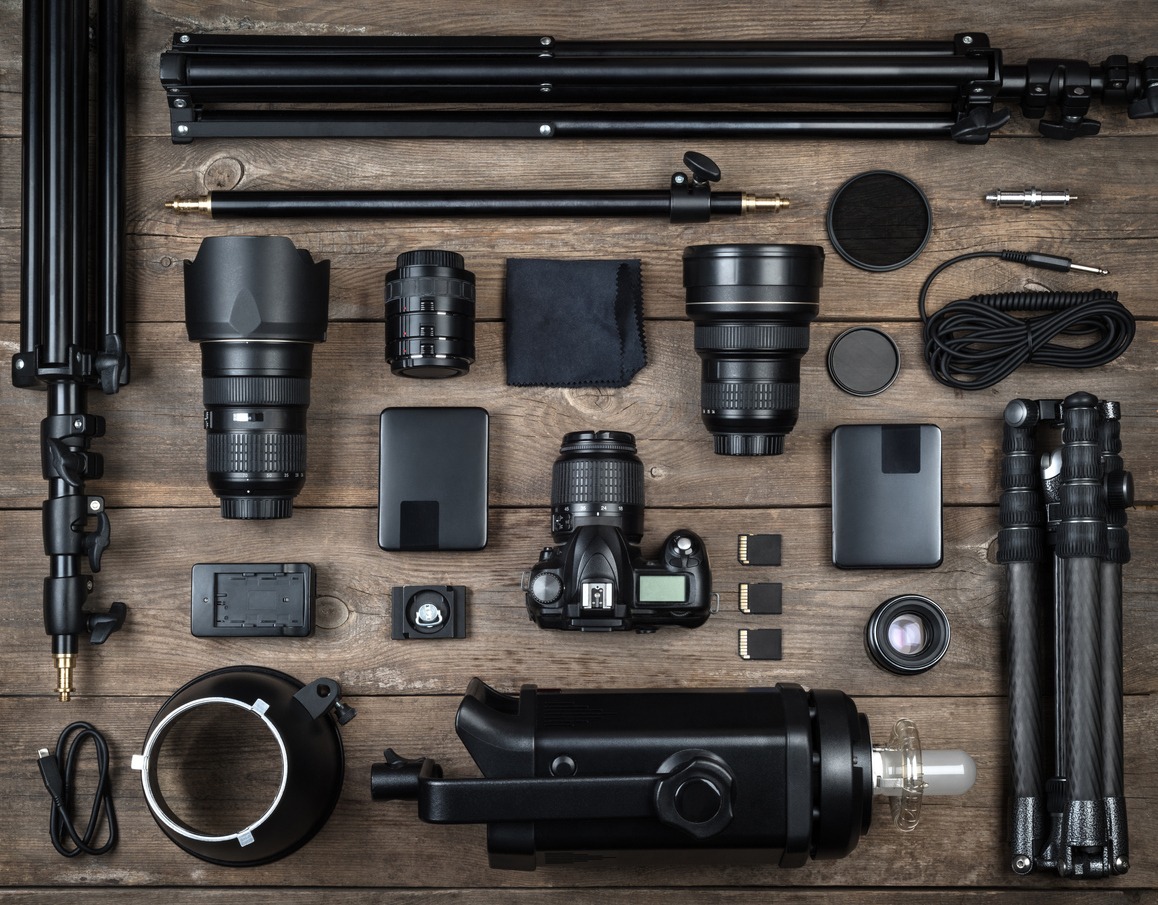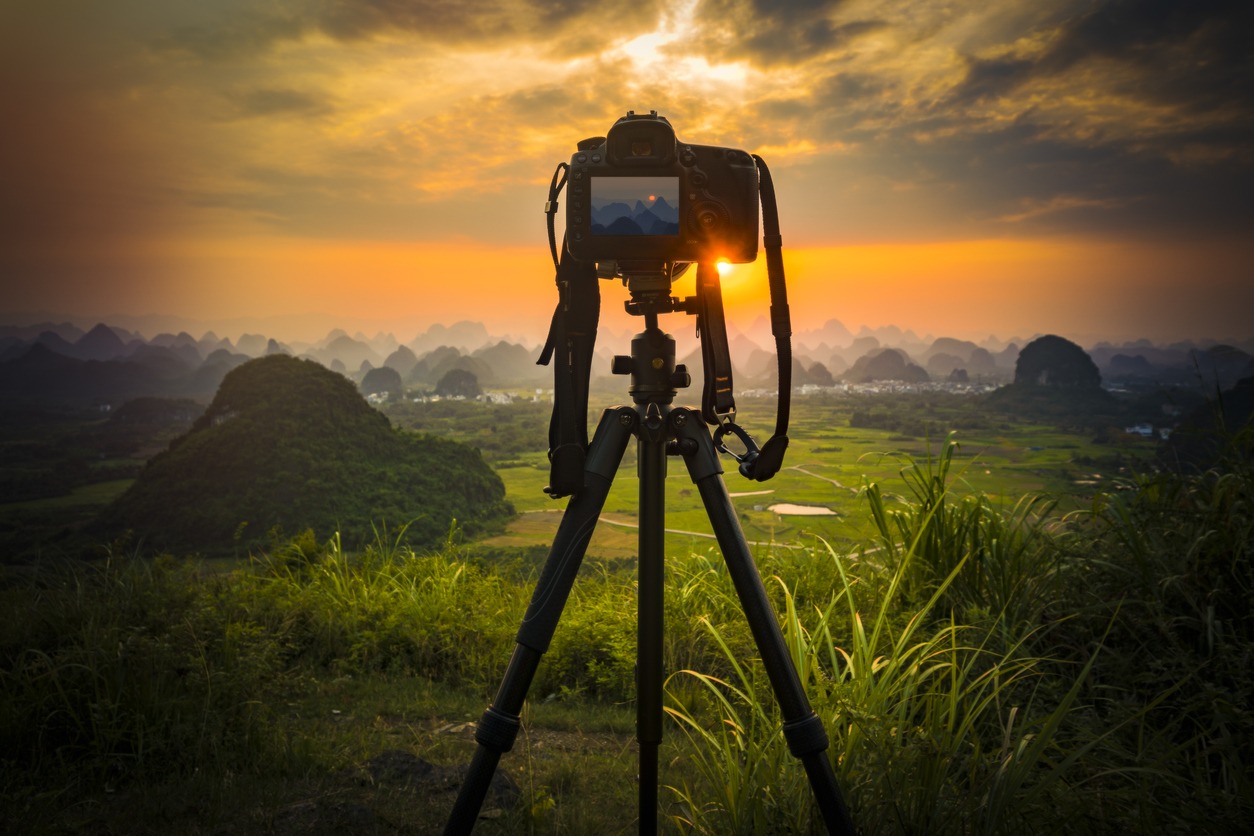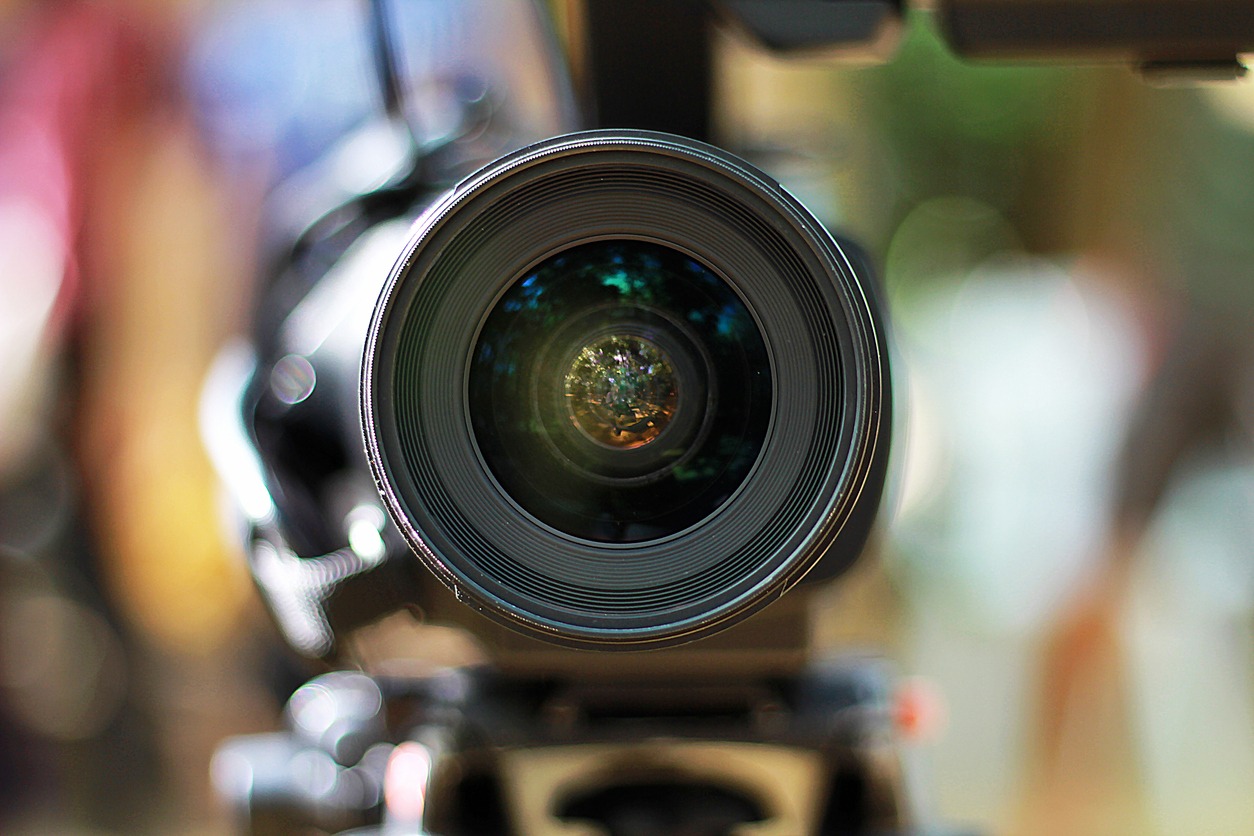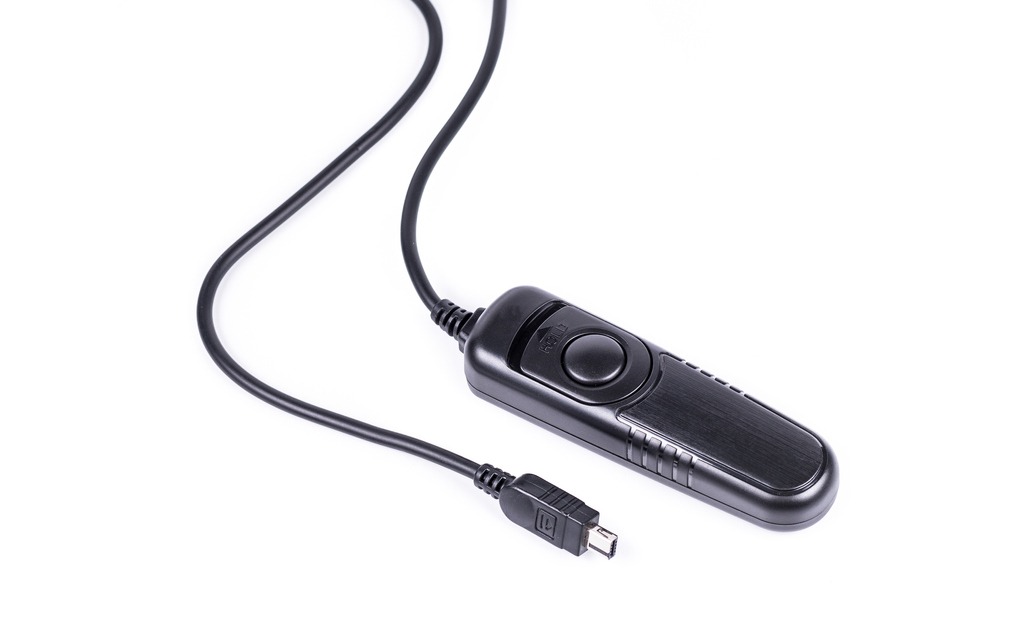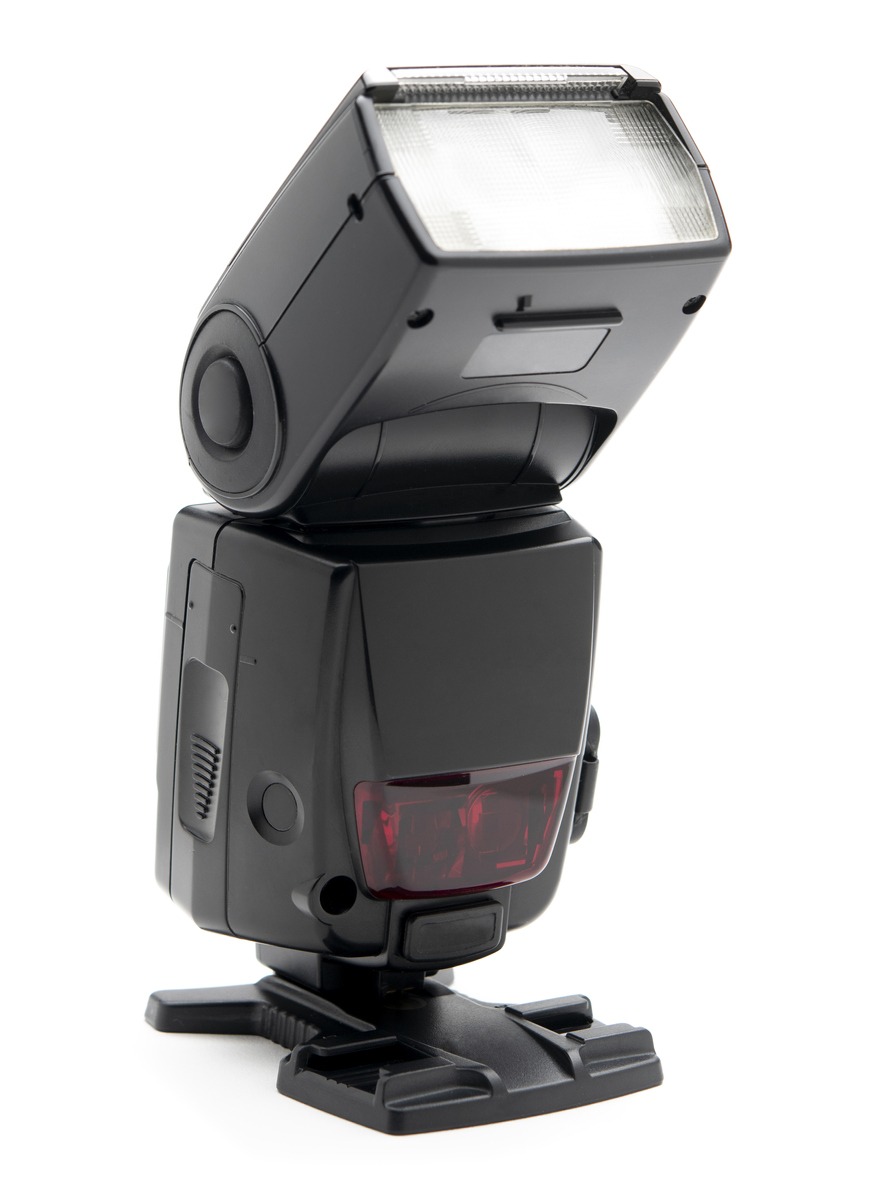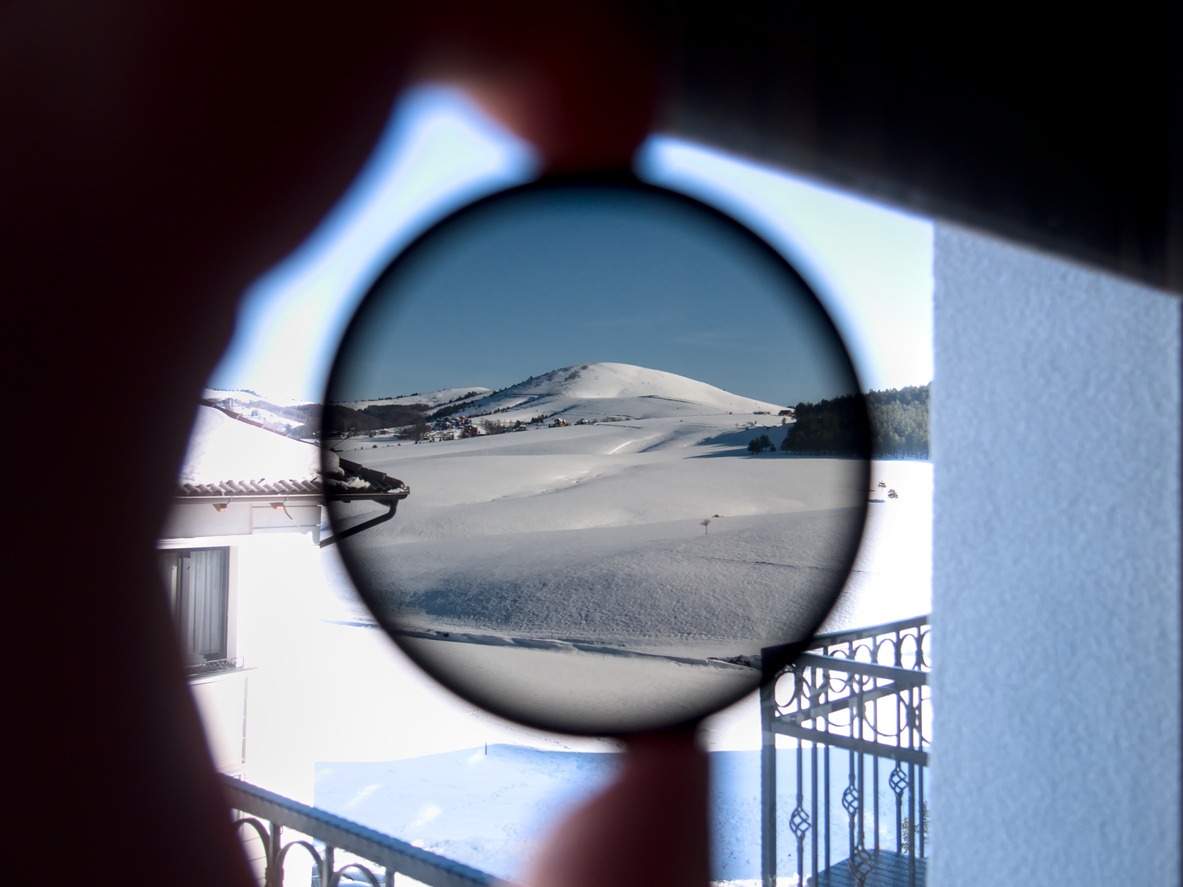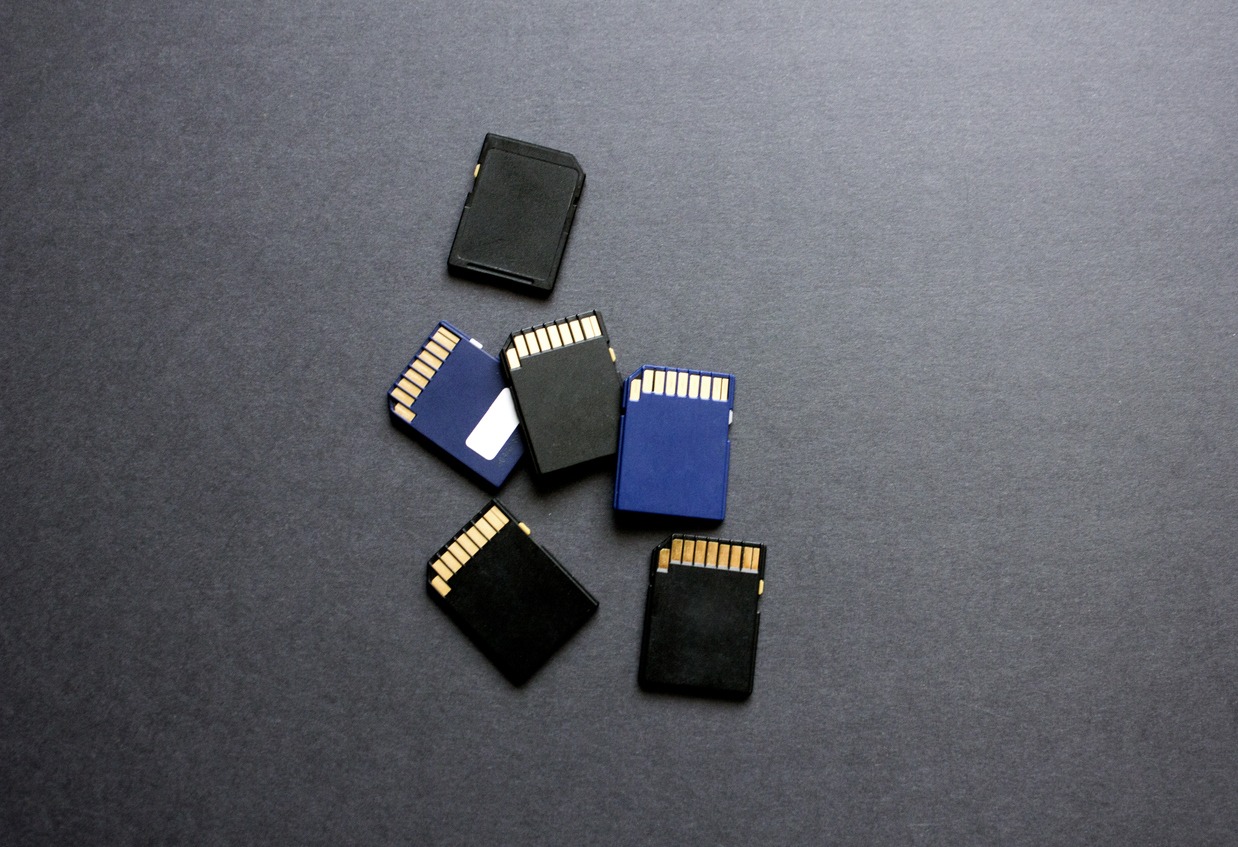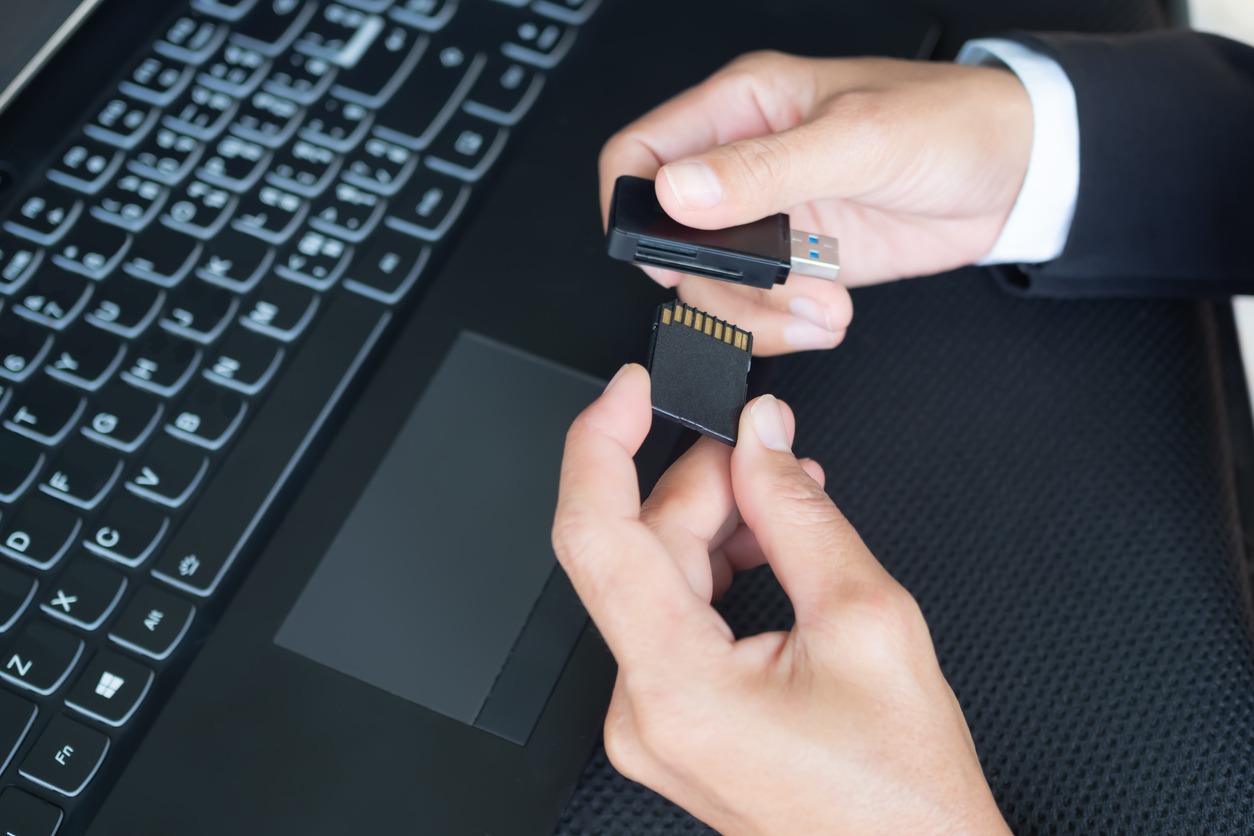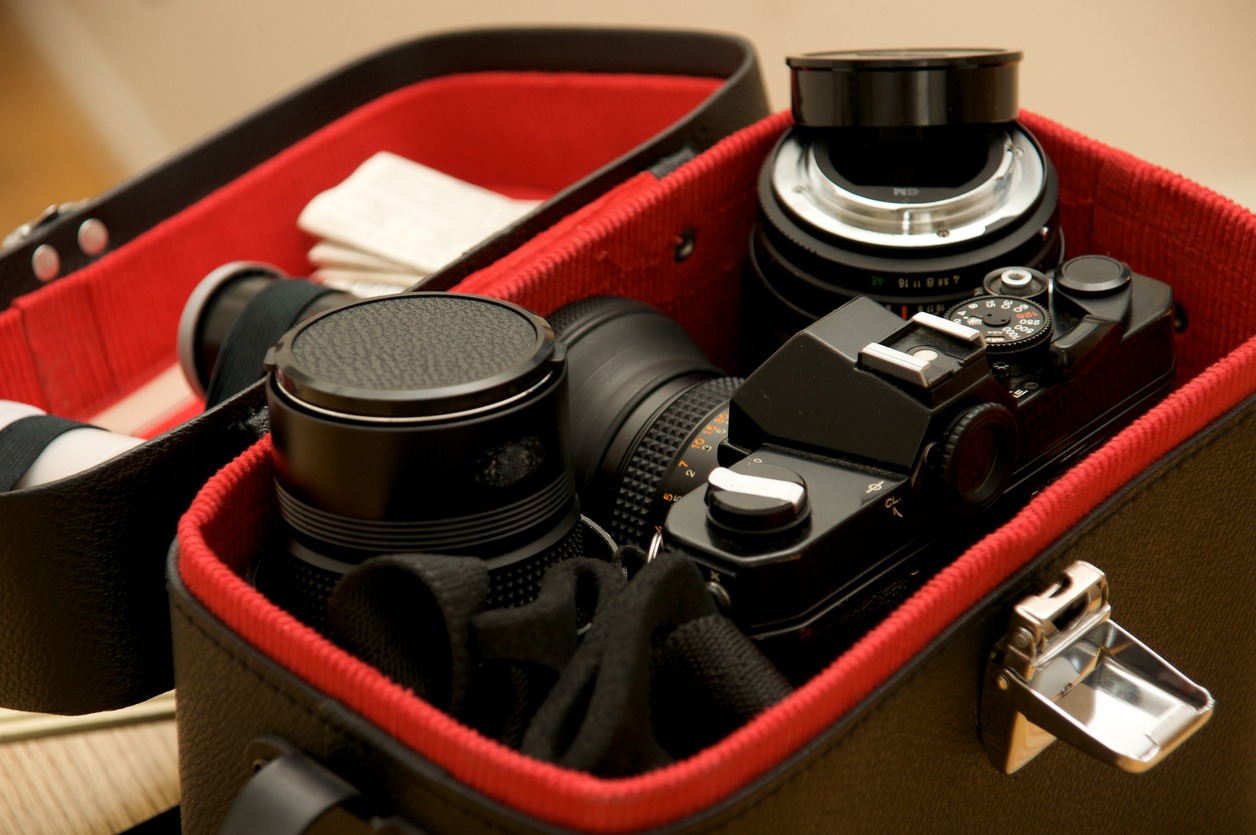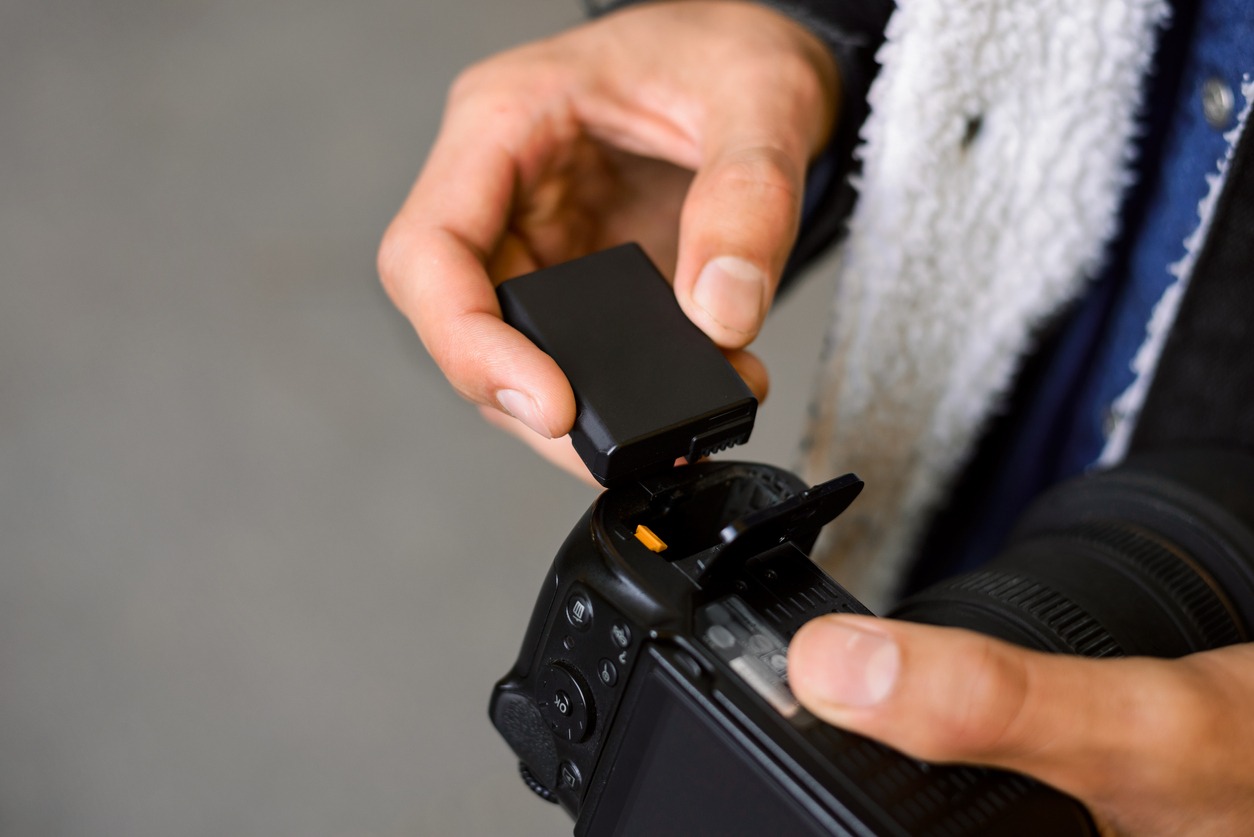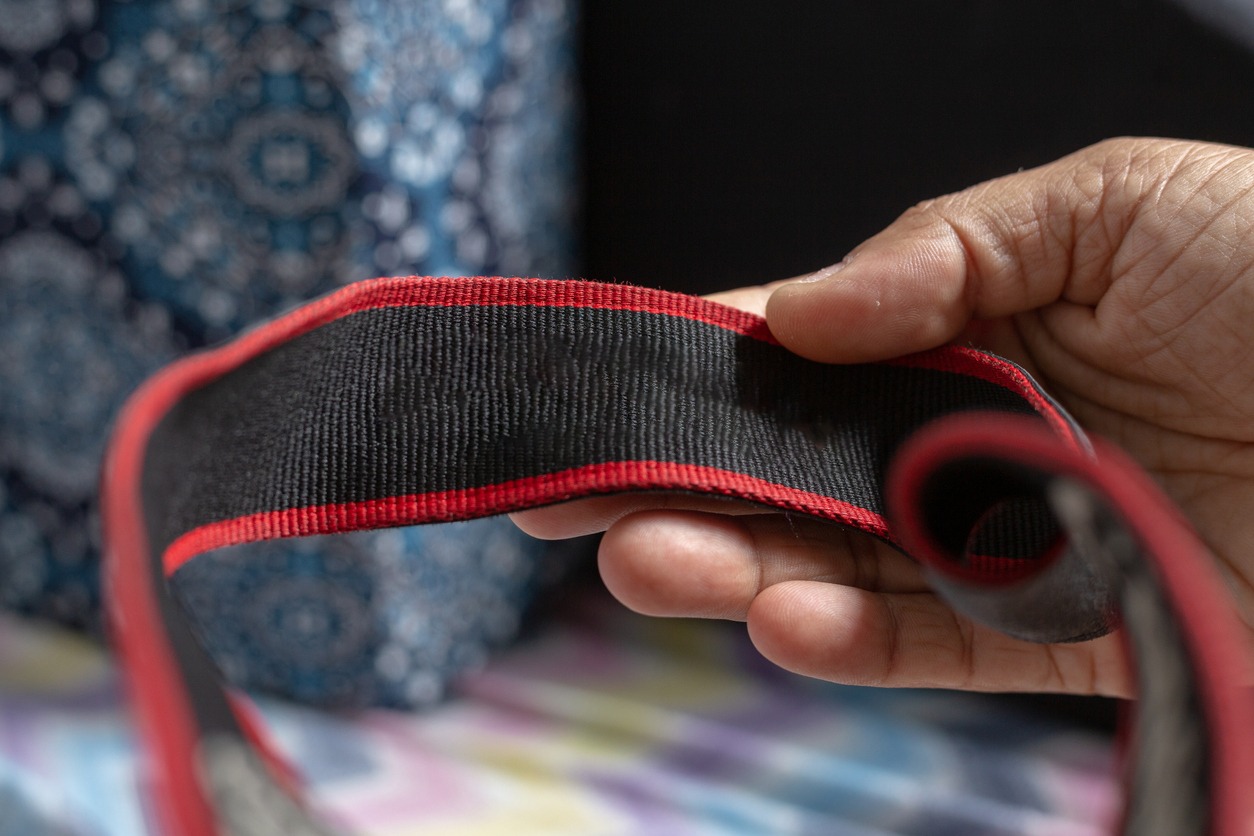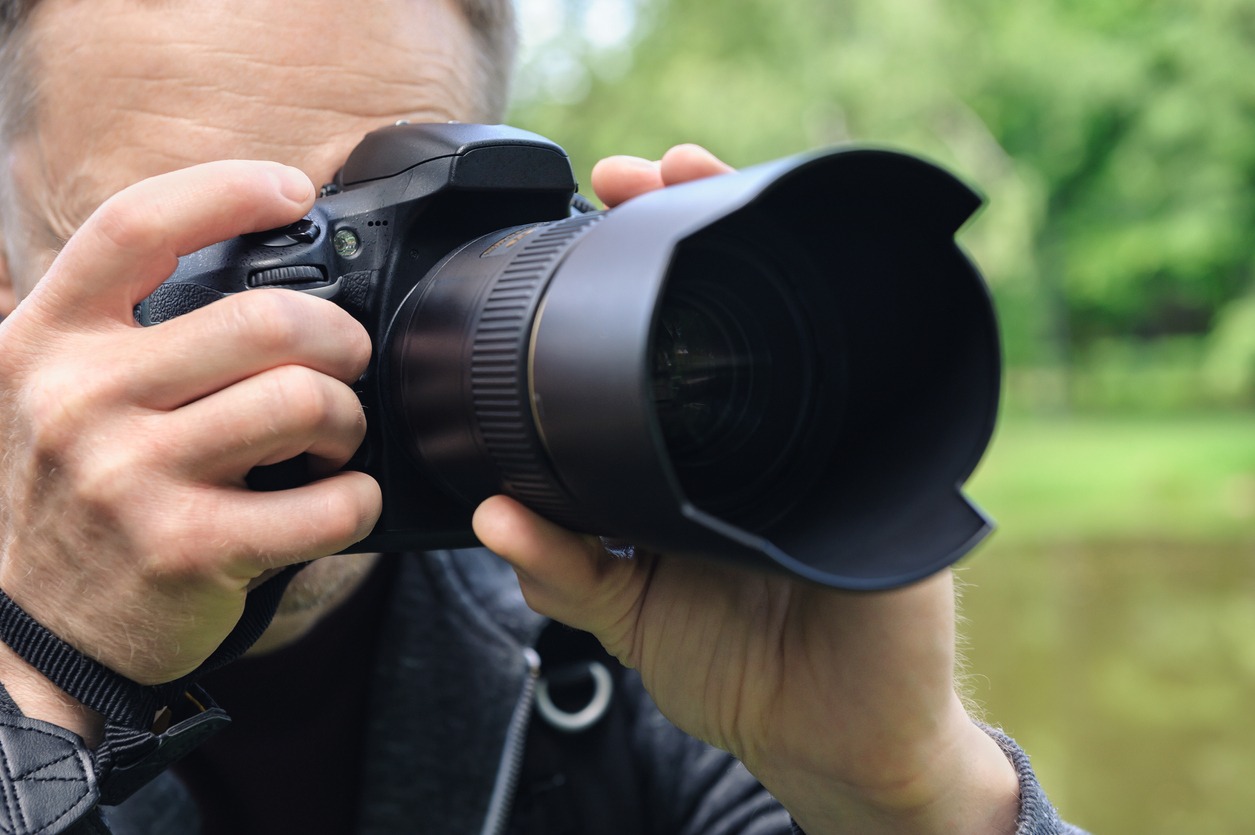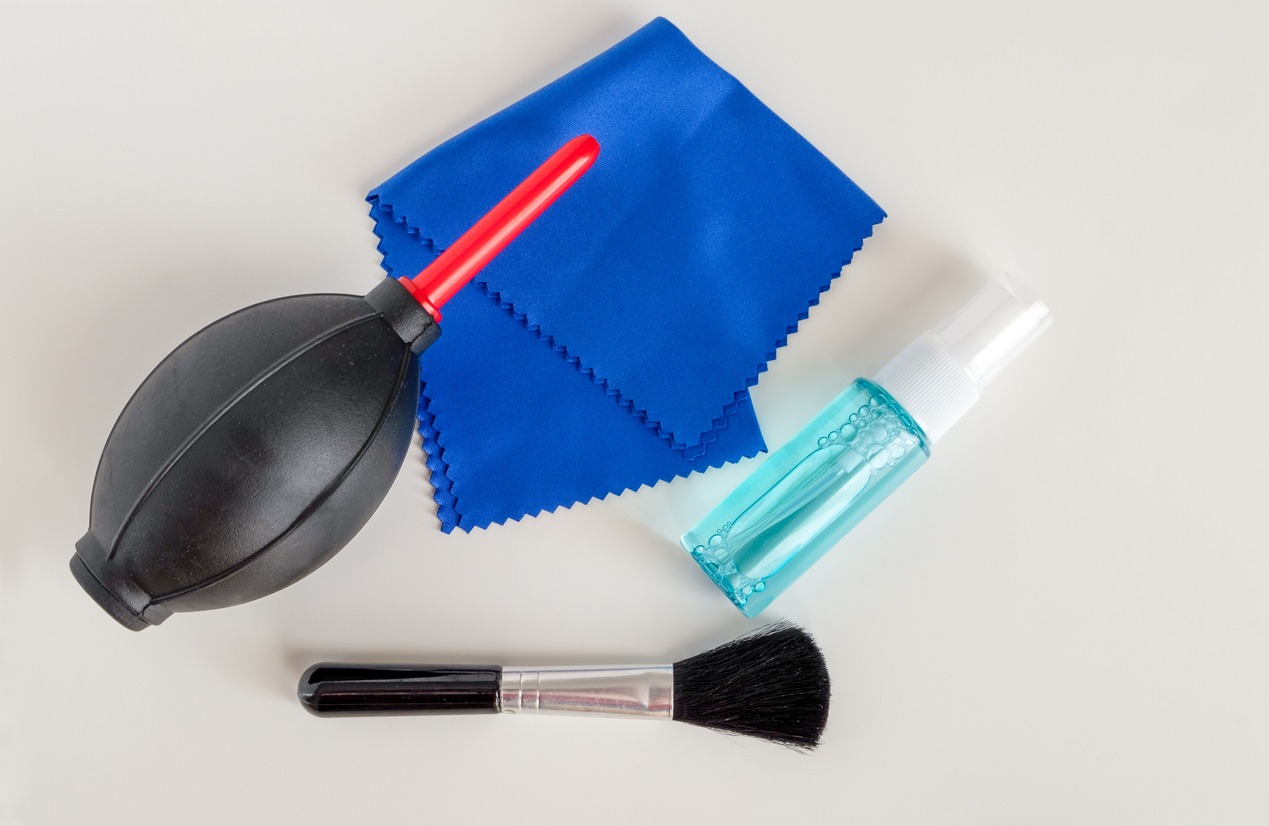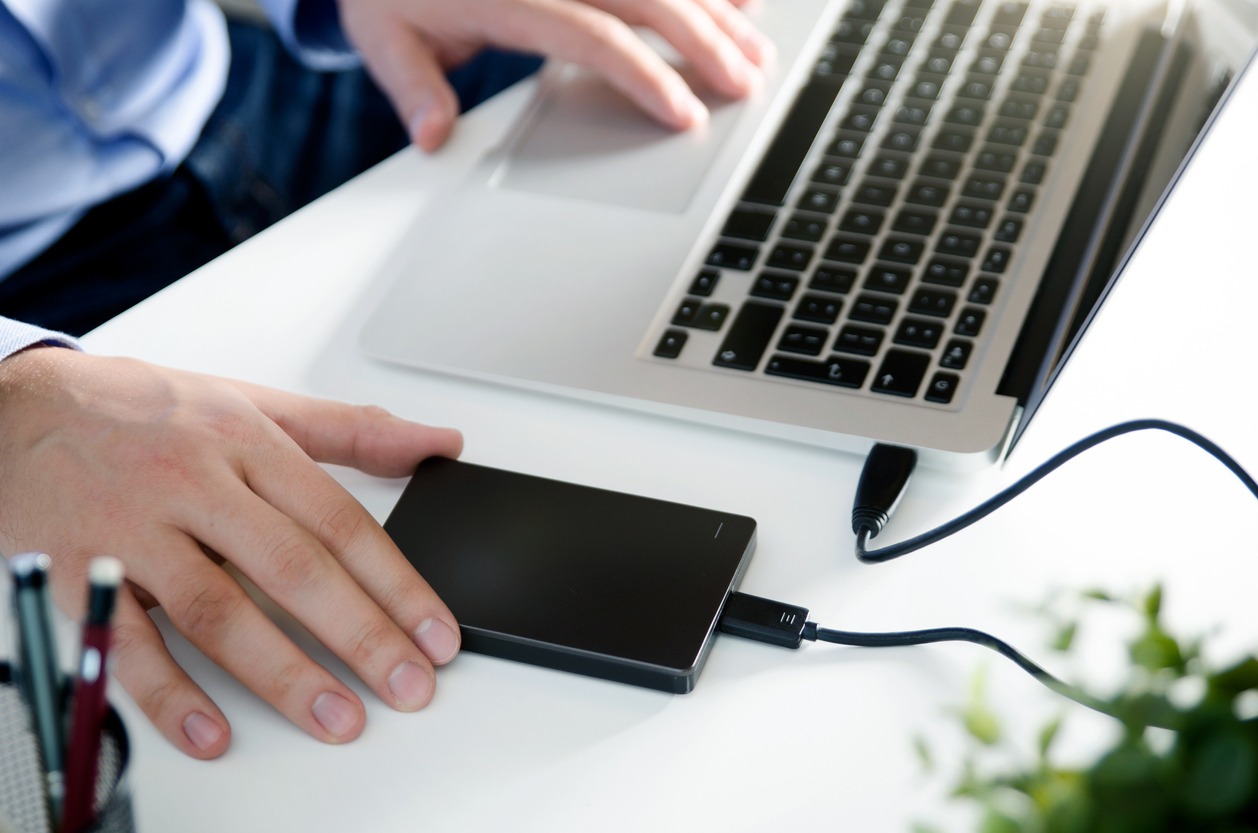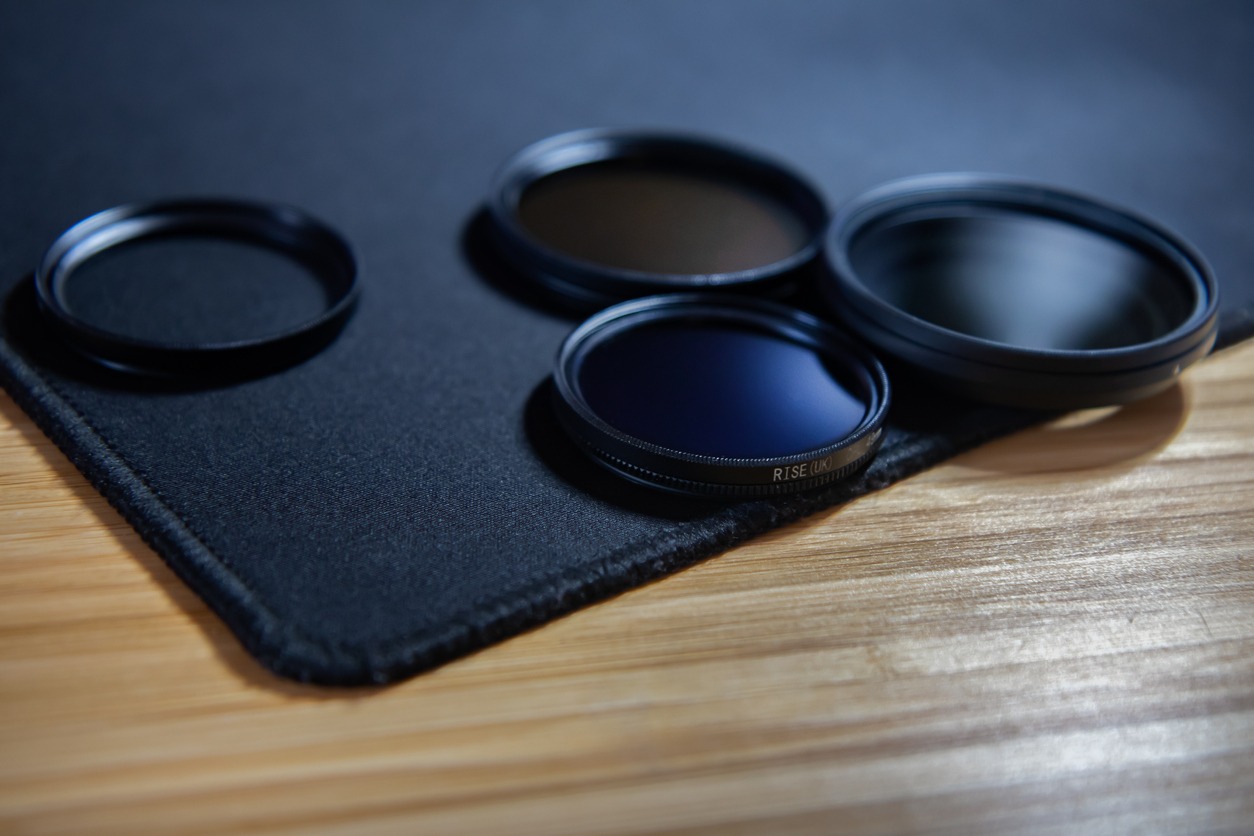Once you have purchased a camera, you can get right into taking pictures and shooting videos. However, to take your photography and videography to the next level, you must have some accessories. Certain items not only enhance your picture and video-taking ability but make it easier. There are certain items that make it easier to take certain shots or help you carry the camera.
Additionally, accessories also make the process fun. You may get frustrated if you don’t have some extra items on hand. Accessories are also designed to protect your camera, so they are a must in every photographer’s gear.
Must-have accessories
There are many accessories available in stores, making it quite challenging to choose which are necessary and which aren’t. Here are some accessories that are a must-have.
Tripods
A tripod is essential for any kind of photography and videography where you want the camera to stay as still as possible. If you shoot in low light, landscape, self-portraits, or long exposure, a tripod is a must because it enables you to get that steady shot. When shooting such pictures, if your camera moves even a bit, the image can turn out blurry, which can ruin the aesthetic you were trying to go for.
They are also excellent for sequence composite shots, where the subject moves through the scene, but the camera needs to stay in the same position. Additionally, a tripod also acts as a third hand, allowing you to make all the necessary adjustments without moving the camera. You can also use them for shooting long exposures, keeping the camera steady in low light, or getting sharp images with a telephoto lens.
Most tripods available on the market are adjustable, meaning you can change the height depending on your shot. There are various different kinds of tripods available on the market. Here are some of them.
|
Type of Tripod |
Description |
|
All-in-One Tripod |
These tripods are cheap and portable. Their legs and heads are permanently connected, which allows you to keep your camera stable and supported. |
|
Travel Tripods |
Travel tripods are excellent for on-the-go photography. They are designed to be easy to fit into bags without taking up too much space. Additionally, they are also lightweight. |
|
Studio Tripods |
Studio tripods are sturdy and heavy. They are the best kind of tripods to use, but they can be cumbersome to travel with, which is why they are mostly kept in one place. |
|
Pocket Tripods |
Pocket tripods are perfect for traveling with. They are generally small contraptions as they are only 4 to 8 inches tall. Still, they are extremely useful for taking quick self-portraits. |
|
Monopods |
Monopods are designed to support the weight of your camera on one leg, but you cannot walk away from them as they are not stable enough. If you find your camera heavy, then these are excellent for providing the necessary support. |
Fast Prime Lens
A fast prime lens has a fixed focal length without any zoom. When you first get a camera, many professionals recommend that this is the first camera accessory that you should get. Although the lack of zoom features makes it seem like its use is pretty limited, its image quality is superior to any zoom lens.
The quality of these lenses is mainly because there are fewer glass elements, meaning it produces sharper images. Additionally, fast prime lenses are lighter and less complex, and very little can go wrong with them. These lenses have a large maximum aperture size, allowing you to capture images using fast shutter speeds. This means you can use them for low light and still get sharp and well-exposed images.
Remote Shutter Release
If you use your camera for taking group shots or self-portraits, you can use a self-timer, but it is not always possible. A remote shutter is an excellent accessory that allows you to trigger the shutter from some distance. Using this tool, you can place your camera far away from yourself and still take a picture. This device is a must-have for nature photographers as it allows them to keep their camera near a site where the animal would come and take a picture. This helps you get the shot without scaring the animals away. Additionally, you can use it for taking long exposures or for taking photos without touching the camera, which can cause camera shake.
Before you purchase one, ensure that your camera allows official or third-party remote buttons to trigger the shutter. Infra-red and Bluetooth technology is most commonly used in this device, so you can’t be too far from the camera.
Flash
A flash can be useful for adding light to low-light situations or for creating creative lighting effects. These are just a few examples, and the specific accessories you need may depend on your specific photography needs and interests.
Polarizing Filter
A polarizing filter helps reduce or remove the harsh glare in pictures due to light reflecting off a bright surface. It can also help boost color saturation and darken blue skies so they appear prettier in photos. You can always make these edits in post-production, but there is magic in capturing the picture perfectly. Additionally, some reflective glares are impossible to remove post-production, which is why having a polarizing filter is essential.
When purchasing a polarizing filter, ensure it fits your lens diameter.
Memory Cards
Most new cards come with a memory card, but it doesn’t take long for them to fill up, especially if you film videos using your cameras. To ensure that you have plenty of space for your pictures and videos, additional memory cards are a must.
There are many things you should consider before you purchase a memory card. One of the first is the card format. The most common memory card is an SD or Secure Digital card, but you can also find CFast and XQD cards. Before purchasing a card, check the camera’s manual to find out which one your camera is compatible with.
Camera capacity is also an important consideration. The larger the camera sensors, the larger the pixel count, meaning more space is required to store them. It may be tempting to purchase the largest card, but they are expensive, and if they get damaged or lost, you will lose a lot of stuff.
Memory Card Reader
When you have taken pictures on your camera, there are several ways that you can get them onto your computer. Some cameras come with Wi-Fi and wireless transfer options, but with some, you will have to remove the SD card. The latter is one of the most flexible methods and requires a memory card reader.
Through this method, you don’t have to have your camera with you at all times; you can simply take out the memory card and return the camera to safety. When purchasing a memory card reader, ensure it is compatible with your card technology. Otherwise, you will find that it is extremely slow.
Camera Bag
Cameras are extremely expensive devices, which is why you must have a camera bag to protect them. Camera bags come in a large variety, and you can find ones that suit your style. These bags have padding and space to put your lenses and excess gear. Unlike in a regular bag, there are separate compartments that prevent your camera from getting scratched or damaged by other items.
When purchasing a camera bag, ensure you get one with extra space if you want more lenses or other equipment.
Battery
Having spare batteries is a game changer for photographers and videographers. When you are out on an adventure, your batteries may run out of charge. In such cases, sitting and waiting for the battery to recharge would be a nuisance. Thus, it is best if you have spare batteries that you can swap out and keep using your camera.
When purchasing spare batteries for your camera, it is best to stick to OE or original equipment batteries. These are batteries that are made by the manufacturer of your camera. They are not only guaranteed to work but have a much longer lifespan as well.
Strap
Most new cameras come with a strap that you can sling across your neck, so your hands are free. These straps are often narrow and not very comfortable. They also have the brand logo stamped on them, which alerts everyone of the kind of camera you are carrying. This is dangerous if you own an expensive camera, as it can get stolen.
Due to these reasons, you must purchase a more comfortable and discreet neck, shoulder, or wrist strap that you can attach to your camera. There are various different sizes and colors of straps available on the market, so you won’t have much difficulty finding one that suits you. Suppose you tend to carry your camera with you for long periods. In that case, you must get one with a larger contact area over the shoulder. It should also have some padding so you can wear it for longer.
Lens Protection (Hood and/or Filter)
A lens hood or shade is designed to protect your lens, making it an essential accessory to own. Although UV and skylight filters do an excellent job of protecting your lens, not everyone feels the need to buy one. If you are one of them, you must purchase a lens hood to keep your lens protected and free from fingerprints.
You can also purchase protective filters, such as UV and Skylight lenses. However, you must take a few pictures with them on and off to ensure they do not compromise your photo quality. UV filters are known to have a very slight yellow tint, and skylight lenses tend to be very slightly pink.
Lens Cleaning Kit
After you buy your camera, one of the first things you should purchase is a lens cleaning kit. Since it is the lens through which your camera captures photos and videos, it must always be clean and shiny. Suppose you do not regularly clean your lens. In that case, it can develop a layer of dust and stains that will need to be professionally cleaned.
A lens cleaning kit usually includes a microfiber cloth and cleaning solvent. These ensure that your camera and lens are clean at all times. You can also use them to clean the image sensor. This can be done using an air blower which is often included with the kit.
External Hard Drive
An external hard drive is one of the most valuable accessories you can purchase for your camera. When you are done taking photos, you would want to store them somewhere safe so you can edit them or come back to them later. Although you can do so on your computer, they may take up too much space.
In such cases, having an external hard drive is extremely necessary. They are large, reliable, and portable, making them an essential accessory to own.
Creative Lens Filters
Lens filters are a great way to add creative effects to your photos. Here are a few types of lens filters that can help you get creative with your photography:
|
Type of Filter |
Description |
|
Polarizing Filters |
These filters reduce reflections and increase contrast, which can be especially useful for landscape and nature photography. |
|
Neutral Density Filters |
ND filters reduce the amount of light that enters the lens, allowing you to use longer exposures or wider apertures in bright light. |
|
Graduated Filters |
Graduated filters are clear at one end and gradually transition to a solid color at the other end. They can be helpful for balancing the exposure in landscape photos where the sky is much brighter than the foreground. |
|
Special Effects Filters |
There are many types of special effects filters that can add creative flair to your photos. Examples include star filters, which create star-shaped light streaks, and color filters, which can add a tint to your images. |
|
Vignette Filters |
Vignette filters darken the edges of your photos, which can help draw the viewer’s attention to the center of the frame |
FAQs
1. What camera accessory helps block light?
If there is too much glare in your photos, you should invest in a lens hood. This can be attached to the front of the lens to block any excess light. They come in various shapes and sizes.
2. What accessories are necessary for videography?
If you want to film videos using your camera, you must buy memory cards, lenses, filters, and a tripod. These will help ensure you capture stable videos and save them for editing.
3. When should you not use a lens hood?
If you own a lens hood to reduce glare and protect your lens, ensure that you do not leave it on at all times. If you are taking pictures using flash, the hood may appear in your photos. Therefore, you must remove the hood beforehand.
Conclusion
When purchasing a camera, you need to buy some extra bits to ensure you use it to its full potential. Camera accessories like a lens hood, tripod, lens cleaning kit, and more ensure that your camera is safe and you are comfortable while taking pictures. With a large number of accessories available on the market, it can be a bit confusing as to which are important. Slowly buying a few at a time will help you understand which accessories are essential and which you can do without.
